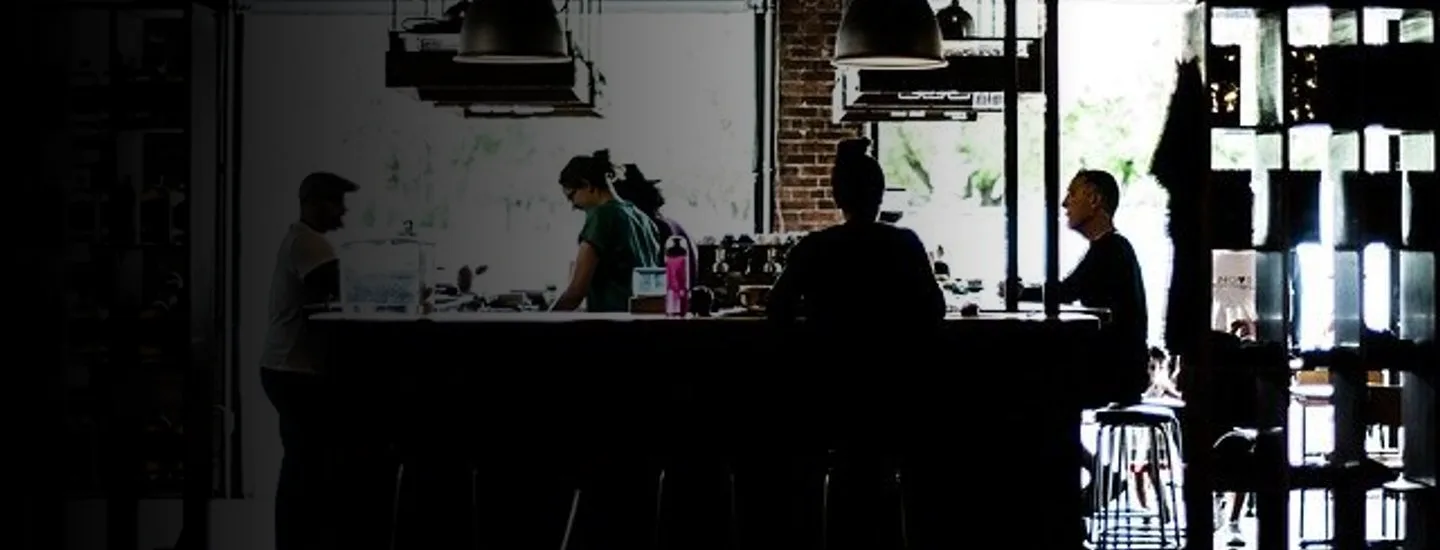While reopening may not be happening as fast as many in the sector would have liked, at the very least hospitality businesses have clarity on dates to work toward and plan for. With the Government’s roadmap in place and a widely-anticipated budget presented to the nation, management teams have swung into action, contacting suppliers, calculating cash burn and forecasting possible trading levels for the rest of the year. As businesses lift the shutters, having the capital to get through and beyond those reopening dates will be key, particularly with the issue of rent debt casting a huge shadow across the sector.
The latest data from our Market Recovery Monitor, published in partnership with CGA, demonstrates just how perilous the situation currently is. Licensed premises have been closing at a rate of 30 a day (or more than one an hour) since the end of 2019, showing the terrible toll of COVID-19 and lockdowns on hospitality. The sector-specific support announced in this week’s Budget provides some cheer with lower VAT in place for another year and significant relief on business rates over the same period to help firms repair their balance sheets.
With this support announced, what should be the focus for management teams in the run up to reopening and whilst the market is undergoing significant flux?
The latest round of grants and the furlough extension are welcome, but nowhere near enough to cover costs for the majority as cash burn across the sector is at unprecedented levels, reinforced just before Budget day by Nick Mackenzie, CEO of Greene King, who stated that lockdown is costing its managed business an eye-watering £7m per week. The need to replenish cash reserves will be pressing.
Estate size and shape
The first question is: what is the right target size and shape of your estate? Do you need to shrink to grow? Do you have sites in the right locations? The latest Market Recovery Monitor found town centres had experienced a slightly sharper decline in licensed premises than cities during the pandemic. While the sudden end to inbound tourism and leisure travel and the closure of offices has emptied many major city centres, and the surge in people working from home has pulled many consumers back into suburban areas and towns, so far at least, cities have proved more resilient.
This may indicate the success of many city-centre operators in pivoting towards takeaway, delivery and retail offers. It could also reflect a historic saturation of restaurants, pubs and bars in some provincial towns and the need to reduce capacity. But it also suggests that larger operators (who admittedly have larger cash reserves than smaller independents, with many already tapping the capital markets for additional capital) might be taking a long-term view to the crisis and, like the Prime Minister remarked in a recent briefing, betting on city centres bouncing back fastest later this year.
If change is required, the question is whether this is achieved through general churn or if a more fundamental restructuring required? The sector has seen a swathe of restructurings over the past year, most recently with Prezzo shedding some 22 sites as part of a pre-pack administration, allowing many companies to remould their estates and secure more flexible terms with landlords. As we move through the reopening phase and into recovery, attention will turn to expansion and the fact that new sites will be available on far more favourable terms with greater incentives to open.
Operations
The second question for many management teams is on site operations and central functions. Looking through the lens of a zero base is something that many have been doing over the past few months – it’s easier to build up than to cut down to an optimum size. What can be simplified from an operational perspective? What can be bought in compared to prepared fresh on site? How can you use data and insights to plan staff rotas and procurement more efficiently? A shift towards long-term remote working may reduce physical head office requirements. Equally, a significant increase in sales via delivery and/or click & collect channels requires systems and process fulfilment as well as operational efficiency to maximise the opportunity.
On the theme of using technology, many operators are diverting towards digital investment. With the customer journey and behaviours shifting, these tools are developing rapidly and customers will undoubtedly expect you to keep pace. Table service and app ordering are likely to be here to stay – can pub operators, for example, cope with this alongside traditional bar service and a burgeoning multichannel model?
Funding
Finally, and critically, businesses need to have the liquidity and flexibility to survive and grow. This will come down to what level of investment they may need, particularly if it’s to fill a funding gap. It’s fair to say that if one was thinking of a time to value a business, the middle of a global pandemic – with business trading at losses while various rent and other liabilities piling up on the balance sheet – wouldn’t be ideal. But as we approach the reopening of the market and given the level of pent-up demand that is expected, forward thinking investors may be willing to look through to the future in agreeing pricing and valuation today. You only have to look at the recovery in the share prices of the listed companies in this sector to see that optimism appears to be winning out.
Of course, public companies have greater means to raise capital, as seen by the recent rights issue by Mitchells & Butlers, but their valuations have an important influence on private companies by building investor confidence. New entrants to the market are appearing, unencumbered by historic levels of debt with fresh funds to invest, for example Rooney Anand’s new RedCat vehicle. These new entrants will all be fighting to find platforms to invest in. This all demonstrates that investors remain attracted to the sector. With a roadmap to freedom now in place, we expect more interested parties to run the rule over the sector and deal activity to increase. It’s imperative that your business is ready to be part of that conversation.
This article was first published in Propel News on 5 March


